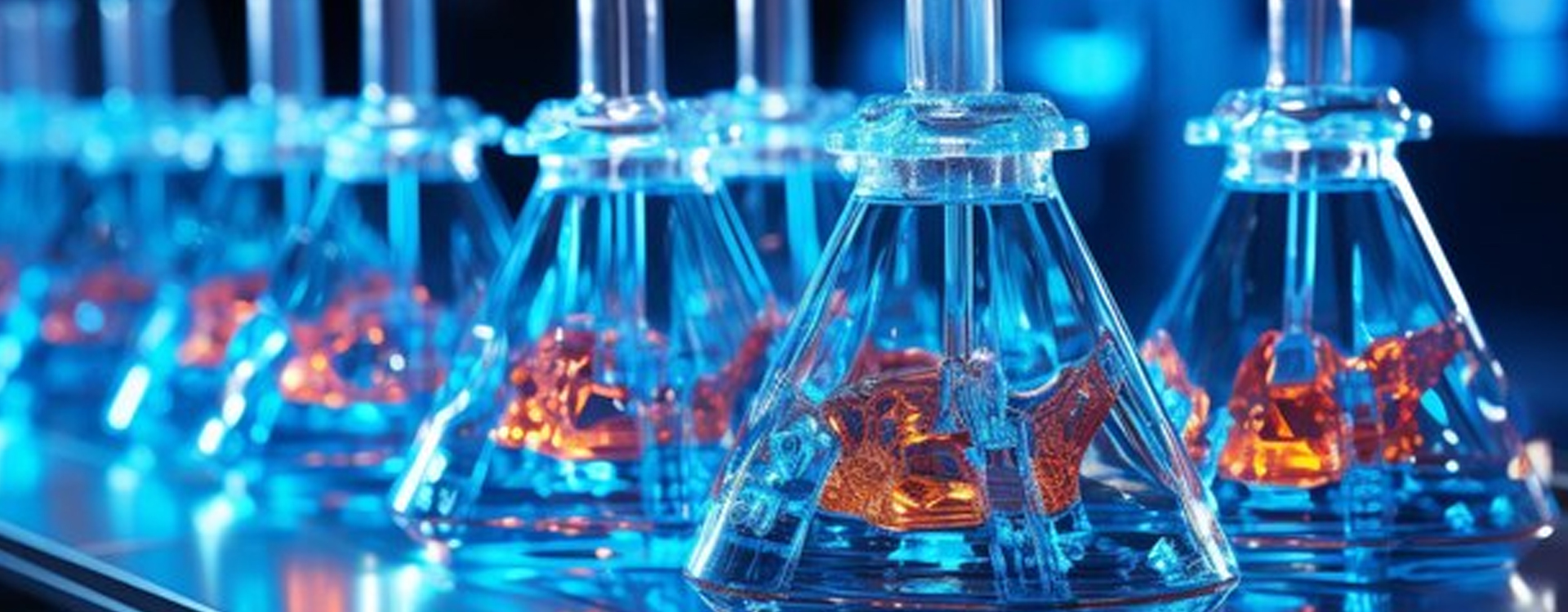Seminar Details
Proteins are essential for sustaining human life and play a critical role in regulating metabolic processes. The rapid growth of population leads to significant rise in food consumption, especially protein based food products. The increasing demand for consumption of plant-derived proteins has gained momentum over animal-based proteins because of several advantages such as more inclination toward vegetarian food habits, food practice influenced by cultural and spiritual belief, less microbial contamination and motivation for less calorie intake with better protein quality. The overreliance on the conventional protein sources (pea, soy and wheat) have drawbacks regrading consumer perspective or from functional or flavor perspective, driving the exploration of novel protein ingredient.
Deccan hemp (Hibiscus cannabinus) that has been grown in huge amount in Asia, especially India, is a good source of protein (30 &ndash 34%). The Deccan hemp seed (DHS) is an underutilized source of protein, omega 3-fatty acid rich oil, fiber and phytochemicals. The seed undergoes waste after harvesting due to less popularity and demand. Research on the optimized production conditions of Deccan hemp seed protein(DHSP) and its functional properties for food applications are very limited. Assessing the better extraction conditions and technology to obtain better yield and purity of DHSP would be desirable to adopt novel protein ingredient.
Therefore, the aim of the work was to explore the DHS for the extraction of protein using alkaline method (ALK-DHSP). Also, ultrasound treatment was applied in the extraction to increase the yield and purity of the protein along with a significant improvement in the functional properties. The ultrasound coupled alkaline extracted Deccan hemp seed protein (UDHSP) was utilized for novel applications like preparation of bio-based active packaging films/coatings and fabrication of protein based enzyme cross-linked hydrogel for encapsulation of bioactive compound.
The optimal solubilization pH and isoelectric point of DHSP was observed at pH 9.5 and 4 respectively, with the maximum extractability at solvent to flour ratio of 20:1. The ultrasound parameters such as amplitude (35%, 55% and 75%) and sonication time (10 min, 20 min and 30 min) were employed during the extraction to evaluate the improvement in yield, purity, functional and structural attributes of the DHSP. Ultrasound treatment facilitated the extraction of protein with a maximum extraction yield of 34.76%, protein yield of 97.39% and purity of 85.15% at 75% amplitude for 30 min duration.
The modification in structure, improvement in the functional properties and nutritional profile of UDHSPs were compared with the ALK-DHSP. Ultrasound treatment also enhanced the solubility, least gelation concentration, water absorption, and oil holding capacities of DHSP. Modifications in the secondary structure of the ultrasound-extracted protein improved its emulsifying and foaming properties. The greater structure-forming ability of ultrasound-coupled alkaline extracted DHSP was evidenced by intrinsic fluorescence, CD spectroscopy, free sulfhydryl group content, surface hydrophobicity, and zeta potential measurements. The maximum denaturation temperature and enthalpy observed were 112.25℃ and 96.55 J/g, respectively, at 75% amplitude and 30 min of treatment. The essential amino acid content and in vitro digestibility of the ultrasound-treated DHSP were higher compared to those of the protein extracted solely by alkaline method. Thus, the ultrasound-coupled alkaline extraction process produced a DHSP isolate with superior functional properties and nutritional value, making it suitable for a variety of food applications.
Bio-based active packaging material was successfully prepared from the ultrasound treated DHSP and Deccan leaf extract at an optimal ratio through a casting technique. Additionally, starch isolated from taro root was added into the protein-based film to enhance its structural, barrier, and mechanical properties. The introduction of bioactive compounds, like deccan hemp leaf extract, led increase in antioxidant activity and enriching the film with beneficial phenolic compounds. The combination of leaf extract and starch with the protein film resulted in a homogeneous, dense, and smooth film matrix, as evidenced by scanning microscopy images. FTIR spectroscopy confirmed interlinkage among the various constituents in the film. Rheological analysis of the film-forming solution showed its shear-thinning behavior, with the storage modulus exceeding the loss modulus in the angular frequency range of 0.1 rad/s to 100 rad/s, indicating the film's elastic nature. Furthermore, the physical and optical attributes of the films were enhanced through the addition of starch and leaf extract. In a practical application, the film-forming solution was applied to grapes, leading to improved quality and extended shelf life for grapes stored under ambient conditions for ten days.
DHSP based hydrogel was fabricated using cold-set gelation method at different concentration of glucono-&delta-lactone (GDL, 1% and 2%) and sodium chloride (NaCl, 0.2M and 0.5 M). Cross-linking enzyme laccase was incorporated at different activity (0.5 U/g and 1 U/g) into GDL and NaCl optimized hydrogel to obtain greater structural strength. The result of light transmittance and particle size suggested the formation gel as the pH was reduced and the DHSP molecules were aggregated at the pH of the gel point. The hydrogels developed at higher GDL and NaCl concentration exhibited higher storage modulus and better structural recovery. The incorporation of laccase enzyme improved the crosslinking of protein molecules which made the gel network structure rigid and denser. The FESEM and CLSM images of the hydrogels explained their structural arrangement and pores space information at different concentration GDL, NaCl and laccase activity. The hydrogel matrix worked the best structure for the encapsulation of bioactive compound (rutin used as a model compound). In the acidic medium pH 1.2 with presence of pepsin, both the non-enzyme and enzyme (laccase) crosslinked hydrogel performed better protection to the rutin digestion and showed release rate of more than 86% in the SIF at pH 7.5 with pancreatin. DHSP hydrogel would have potential application in encapsulation, protection, delivery of sensitive bioactive compounds into functional food along with dietary supplement. Overall, ultrasound assisted extraction of DHSP exhibited better functional properties and nutritional profile which can be used in many other food applications apart from the food packaging material and hydrogel for bioactives encapsulation.


